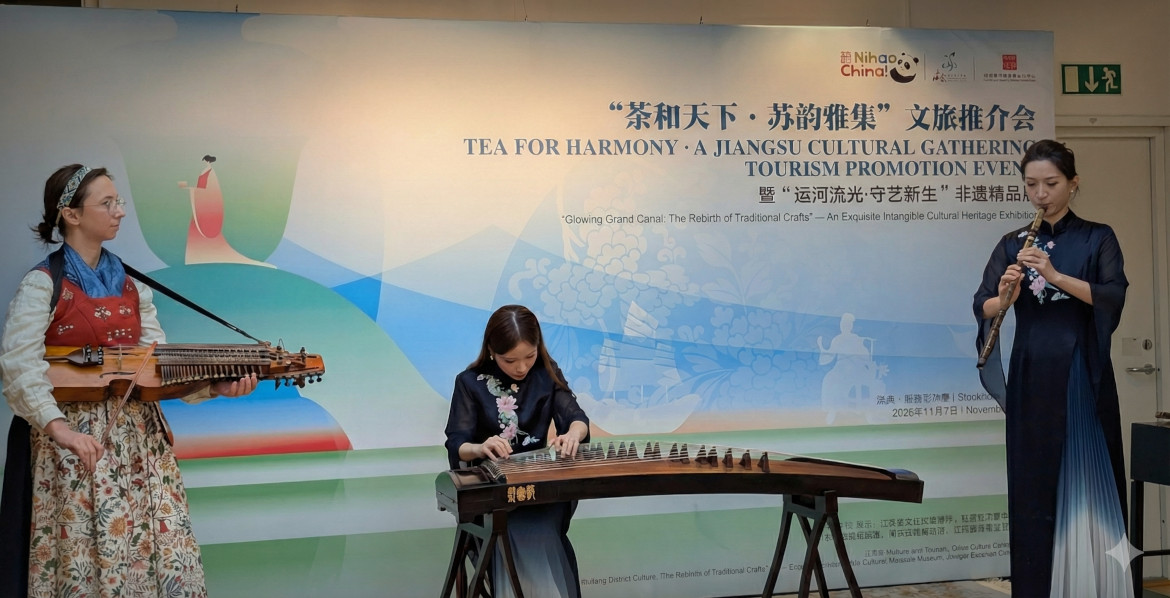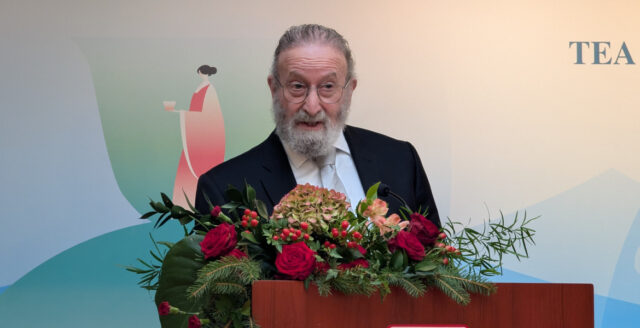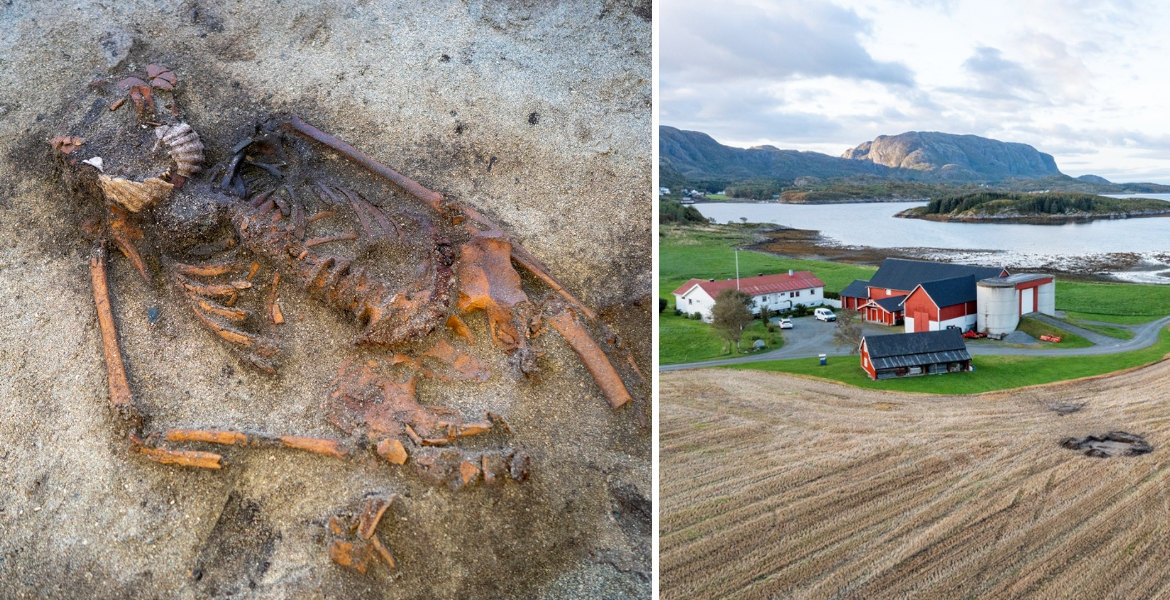The original texts were probably written sometime in the 7th century, discovered in the 14th century, and translated into English in the 20th century by the American scholar and anthropologist Walter Evans-Wentz (1878-1965). The translation became the standard English version that most people today know as The Tibetan Book of the Dead and is the one that other authors tend to refer to.
Evans-Wentz's popularization of the work, including by relating it to the psychologist Carl Gustav Jung (1875-1961), has established the book as a kind of guide to understanding and altering consciousness. Many people find that the texts can help them free themselves from misconceptions that keep them bound to repeated cycles of self-destructive or self-limiting behavior. However, this was not the original purpose of Bardo Thodol.
Bardo Thodol roughly means "liberation by hearing in the intermediate state" and was written to be read to the spirit of the deceased in the intermediate state ("bardo") at the stage when the soul leaves the body and faces the process of either being reborn in another form or being liberated from the cycle of rebirth and death ("samsara"). According to the Tibetan Buddhist philosophy of life, the consciousness of the dead person is confronted, among other things, with the deeds done in life, which are personified in the form of either angry or peaceful spirits. These spirits are considered to be frightening to the soul, and so a lama (Tibetan Buddhist monk) reads the scripture aloud next to the body of the dead person, partly to help the soul understand what it is encountering, and partly because this understanding enables a more harmonious transition from the intermediate state to a new form of life.
At the same time, the mythical writings have had other applications in the encounter with other cultures and beliefs. The texts, however they are interpreted, are based on the existence of an afterlife, providing comfort to those facing death. The scriptures are even used today in some places as a healthcare tool for patients who do not have long to live, to help them face the fears of death.
History of the scriptures
According to legend, the Bardo Thodol arose in the 7th century when the Lotus Guru Padmasambhava was invited to Tibet by the Emperor Trisong Detsen (755 - 797) who requested his help in ridding the country of the dark spirits that were believed to be preventing the acceptance of Buddhist teachings. Padmasambhava thus transformed these spirits from selfish and fearful obstacles into guardians of the cosmic law, "dharma".
Among the first to embrace the Buddhist philosophy of life was Yeshe Tsogyal in the mid-8th century, who was either the wife or consort of Trisong Detsen. She may have been an early follower of the goddess Tara, one of the principal figures in the esoteric Buddhism of Padmasambhava. Tsogyal, often called the mother of Tibetan Buddhism, dutifully studied with Padmasambhava and helped the guru write the texts, which they then hid in various places to be found later by those who would reveal them when needed.
In the 14th century, the texts were discovered by Karma Lingpa, who is traditionally considered a reincarnation of one of Padmasambhava's disciples. Lingpa discovered several texts, not just the Bardo Thodol, as noted by scholar Bryan J. Cuevas, among others.
These texts were taught orally by masters to students in the 15th century and then passed between students in the same way. Cuevas notes how "the transmission of religious knowledge, whether in the form of texts or direct oral instruction, was actually a rather fluid process in Tibet" at this time, and earlier. The texts were only printed in the 18th century when they began to circulate more widely and made their way to Western societies around the world.
In 1919, British officer Major W. L. Campbell, stationed in Sikkim, India, travelled around Tibet and bought a number of these printed texts. Campbell had an interest in Tibetan Buddhism and on his return to Sikkim, he shared them with Dr Walter Evans-Wentz, an anthropologist in the region who was studying the religious and spiritual aspects of the culture in Tibet. Evans-Wentz had a very poor command of the language and therefore enlisted the help of Lama Kazi Dawa Samdup (1868 - 1922) who was the headmaster and teacher at a local school.
Dawa Samdup already had an impressive reputation as a translator, having worked with the famous travel writer and spiritualist Alexandra David-Neel to translate Tibetan into English. He agreed to help Evans-Wentz with the writings, and they met to translate and interpret the texts until Dawa Samdup's death in 1922. At this point, only Bardo Thodol's funeral text was mostly translated. Evans-Wentz filled in the missing parts with his own interpretation and published the writings in 1927 under the title The Tibetan Book of the Dead to resonate with the title The Egyptian Book of the Dead, published in English in 1867 by the British Museum.
Life as a shaper of the death experience
At the center of Bardo Thodol is the Buddhist philosophy that all living things are interconnected as a constant cycle of change; that all things come and go according to their nature, and that human suffering arises from trying to maintain permanent states in a world where death is inevitable. Researcher Fung Kei Cheng elaborates:
"For Buddhists, life is considered not only a process but, more importantly, a "great process of becoming" with an unceasing cycle of living and dying, which suggests that individuals experience death countless times.... Depending on the individual response to reality, transcending suffering and alleviating death anxiety becomes possible when a person successfully searches for meaning in life and then prepares to die well by letting go of death."
According to the Buddhist philosophy of life, it is a person's response to reality in life that shapes their experience after death. In the afterlife, both the positive and negative energies in one's life manifest as spirits that try to block or open one's path in the intermediate state after the body dies. The Bardo Thodol is therefore read to the soul to help it understand what it is facing and what to expect next.
Once the ritual of the reading of the Bardo Thodol is complete, the family of the deceased is considered to have done their duty in respecting the dead and can then move on with their lives. Although it seems that some rituals only last for a week or sometimes a few days, the act itself is believed to have helped the deceased and prevent their spirit from returning to haunt the living with bad luck, illness or retribution.
Guidance in life and in death
The ritual of reading aloud to help the soul of the dead is the sole purpose of the original Tibetan text, but once translated by Dawa Samdup and published by Evans-Wentz, its texts were promoted as a source of guidance for the living as well. Evans-Wentz was inspired by the theosophy of Helena Blavatsky (1831 - 1891), which was based on the idea that the divine and immortal absolute resides within each soul, and drew much of its philosophy from Buddhism, particularly esoteric Buddhism. Tibet, as Blavatsky claimed, was "a seat of ancient wisdom".
Evans-Wentz's interpretation of the Bardo Thodol was therefore influenced by his theosophical beliefs - not just as a funeral rite but with content that could also help one live a better life on this plane of reality. In his introduction to The Tibetan Book of the Dead, Evans-Wentz writes:
"It is very sensible of Bardo Thodol to clarify the primacy of the dead soul, because that is the one thing that life does not clarify for us. We are so hemmed in by things that crowd and oppress that we never get a chance, in the midst of all these 'given' things, to wonder by whom they are 'given'. It is from this world of 'given' things that the dead man liberates himself; and the purpose of instruction is to help him towards this liberation. We, if we put ourselves in his place, will get no less reward from it, because we learn from the very first paragraphs that the 'giver' of all 'given' things lives within us."
Evans-Wentz's approach has highlighted the perspective that The Tibetan Book of the Dead can thus be as valuable to the living as to the dead, something also emphasised by the Tibetan lama Sogyal Rinpoche. It is clear that Bardo Thodol's texts were written to provide comfort and guidance to the dead in the afterlife, encouraging them to "do something about" death by engaging with the dying process. Today, it may meet the psychological need mentioned by Jung for a belief in the survival of bodily death, helping people in the process to let go and move on - regardless of what personal beliefs or philosophies one relates to.








